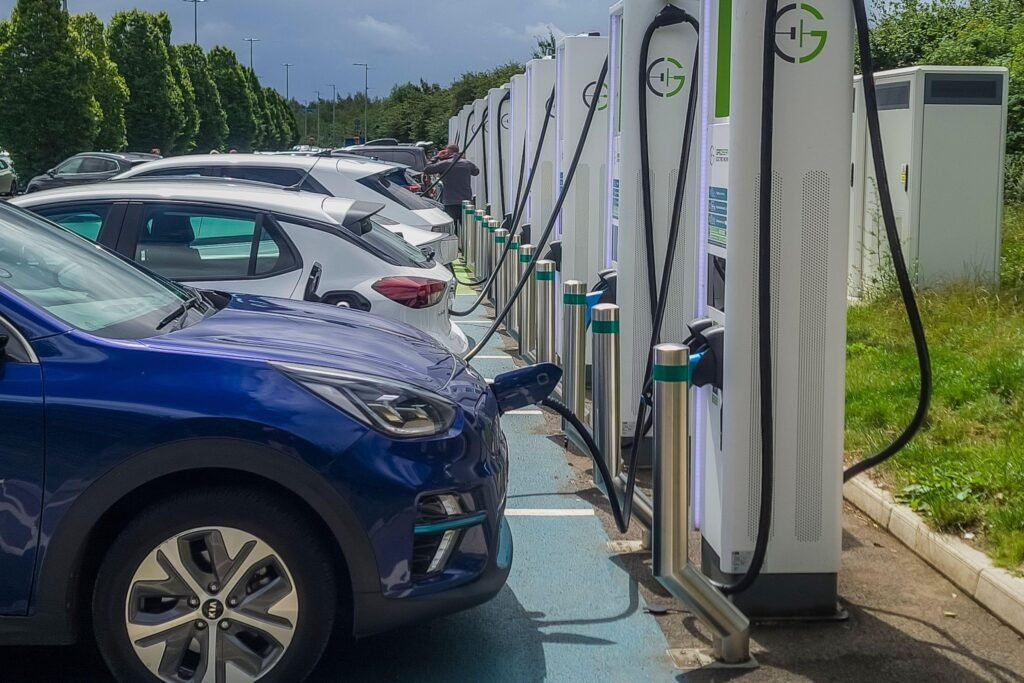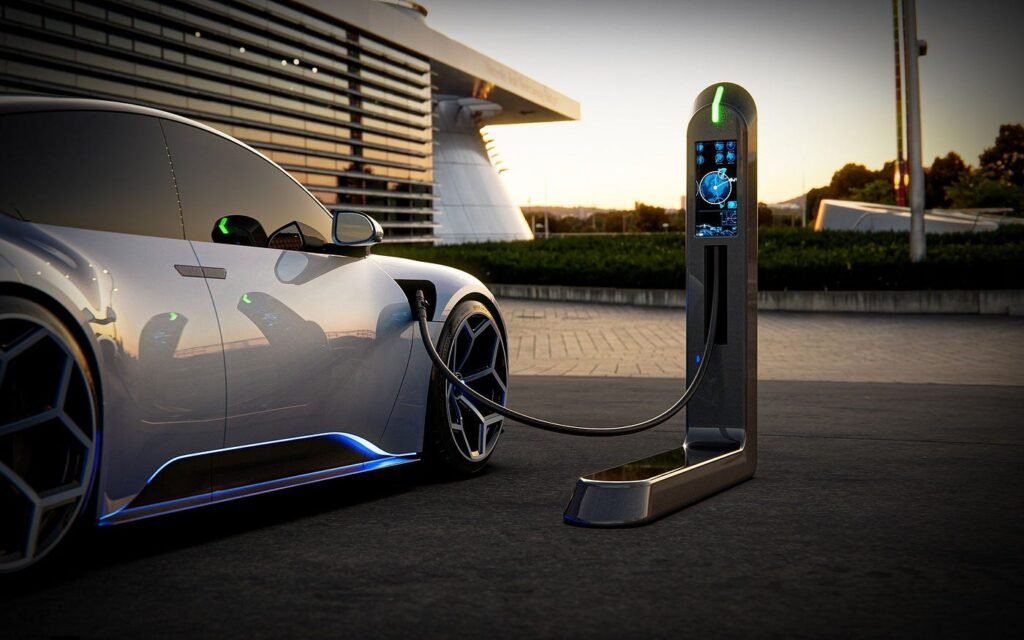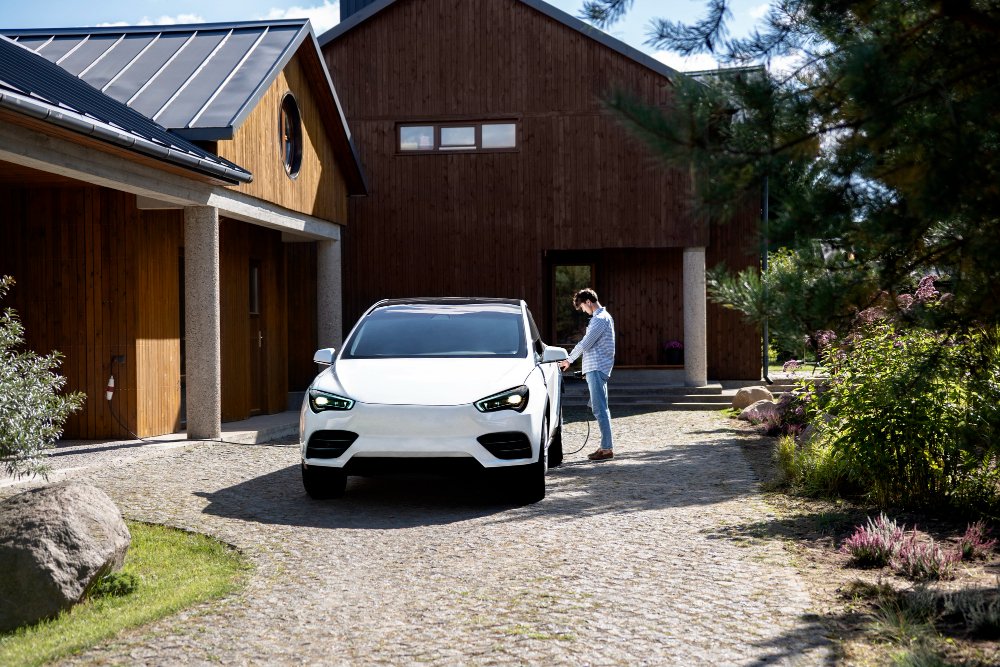The automotive world stands at the precipice of its greatest transformation since Henry Ford’s assembly line. What once seemed like a distant dream—roads dominated by silent, clean electric vehicles—is rapidly becoming our inevitable reality. Industry experts and market analysts now predict that by 2030, an astounding 95% of new vehicle sales will be electric, marking a seismic shift that will reshape how we travel and think about energy, infrastructure, and our relationship with technology. This electric vehicle revolution isn’t just coming; it’s accelerating faster than even the most optimistic projections suggested just a few years ago.

The Technology Tipping Point
The early obstacles that once hindered electric vehicle adoption—limited range, high costs, and sparse charging infrastructure—are falling away remarkably. Battery technology has experienced a stunning evolution, with costs plummeting by nearly 90% over the past decade while energy density continues to increase. Today’s mid-range electric vehicles routinely offer 300+ miles of range, with premium models pushing beyond 400 miles on a single charge—effectively eliminating the once-dreaded “range anxiety.”
Even more impressive is the pace of charging infrastructure development. Major markets across North America, Europe, and Asia are witnessing an explosion of charging stations, from neighborhood Level 2 chargers to ultra-fast DC charging stations capable of adding 200 miles of range in just 15 minutes. The global charging network is expected to grow tenfold by 2027, making EV charging nearly as convenient as fueling with gasoline—but with the added benefit of being able to “fuel up” at home overnight.
Economic Forces Driving the Change
Perhaps the most powerful catalyst for the electric revolution is simple economics. Industry analysts project that EVs will reach upfront price parity with internal combustion vehicles by 2025 in most segments, removing the last major financial barrier to widespread adoption. When factoring in the significantly lower maintenance and “fuel” costs of electric vehicles—with electricity costing a fraction of gasoline per mile driven—the total cost of ownership already favors electric options for many consumers.
Government incentives continue to accelerate this economic shift. While many early subsidies are being phased out as the market matures, strategic tax benefits, reduced registration fees, and preferential access to urban centers provide compelling motivations for consumers to go electric or the electric vehicle revolution. Fleet operators, from rideshare companies to delivery services, are among the first to recognize these economic advantages, with many committing to all-electric fleets well before 2030.
Environmental Imperatives
The environmental case for electric vehicles has never been stronger. As electricity grids worldwide increasingly incorporate renewable energy sources, the lifetime carbon footprint of EVs continues to shrink. In regions with progressive clean energy policies, driving an electric vehicle already produces less than a quarter of the emissions of an equivalent gasoline vehicle—even when accounting for battery production.
Cities around the world are embracing this cleaner future, with more than 150 major urban centers announcing plans to restrict or ban internal combustion vehicles from their centers by 2030. These policies are driven not just by climate concerns, but by the immediate public health benefits of reduced air pollution. The World Health Organization estimates that vehicle emissions contribute to over four million premature deaths annually—a devastating toll that electric vehicles can help reduce.

The Industry Transformation
Perhaps the most telling sign of the electric inevitability is the unprecedented commitment from traditional automakers. Virtually every major manufacturer has announced multi-billion-dollar investments in electric vehicle development and production, with many pledging to end internal combustion engine development entirely. These aren’t symbolic gestures—they represent fundamental business decisions based on where the market is heading.
Volkswagen Group has committed over $100 billion to electrification, while General Motors plans to offer only electric vehicles by 2035. Ford has invested heavily in electric versions of its most iconic models, including the F-150 Lightning pickup truck. Even luxury brands like Bentley and Rolls-Royce have announced all-electric futures. These sweeping commitments reflect the industry’s understanding that the future is electric, and companies that fail to adapt risk being left behind.
Consumer Perspectives
As more consumers experience electric vehicles firsthand, satisfaction rates are soaring. Current EV owners report over 95% satisfaction rates in multiple surveys, with many saying they would never return to internal combustion. The instant torque and smooth acceleration of electric motors provide a driving experience that many find superior to traditional engines, while the reduced noise and vibration create a more comfortable environment.
Early adopters have given way to the early majority, with EVs increasingly appealing to mainstream consumers who prioritize practicality and value. As more friends, neighbors, and colleagues make the switch, the normalization of electric vehicles accelerates, creating a powerful social momentum that further drives adoption.

The Global Race
The transition to electric vehicles has become a matter of national strategic importance, with countries vying for leadership in this critical technology. China has positioned itself as the world’s largest EV market through aggressive incentives and manufacturing support, while the European Union has implemented the world’s most stringent emissions regulations, effectively mandating the shift to electric vehicles.
The United States has renewed its commitment to electric mobility through substantial infrastructure investment and manufacturing incentives. Nations recognize that leadership in electric vehicle technology translates to economic opportunity, energy security, and geopolitical advantage in a rapidly changing world.
Conclusion: The Inevitable Electric Future
Keywords: EV dominance, transportation revolution, sustainable mobility future
The convergence of technological advancement, economic incentives, environmental imperatives, and industry commitment has created an unstoppable momentum toward an electric future. The question is no longer if electric vehicles will dominate the market, but how quickly we’ll reach that point. The prediction that 95% of new vehicles will be electric by 2030 may seem bold today, but the evidence suggests it may even be conservative.
As we stand on the threshold of this transportation revolution, the opportunities are immense—not just for reducing emissions and operating costs, but for reimagining our entire relationship with mobility. The electric future offers the prospect of vehicles that are not just cleaner and more efficient, but more connected, more autonomous, and more integrated into a sustainable energy ecosystem.
The road to 2030 will undoubtedly include challenges and adjustments, but the direction is clear. The electric revolution isn’t just coming—it’s inevitable. Those who embrace this transformation early will not only benefit from the advantages of electric mobility but will help shape the transportation landscape for generations to come.







